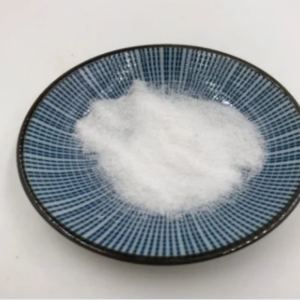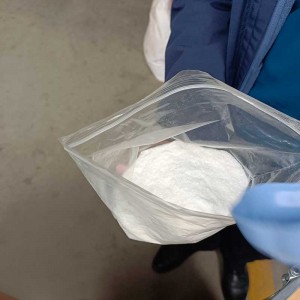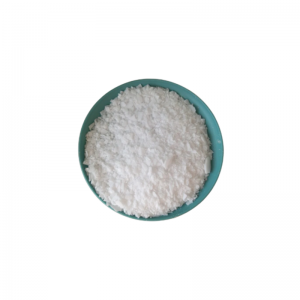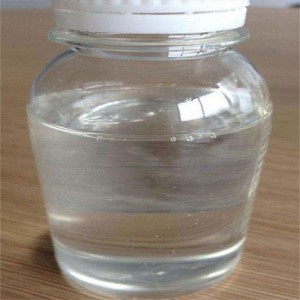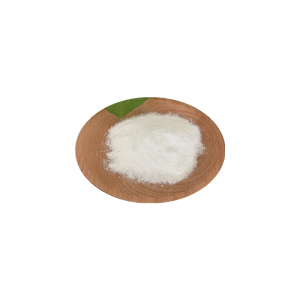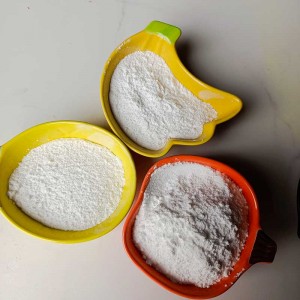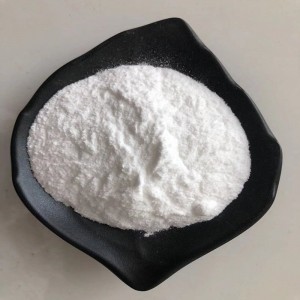
products
Hydroquinone
Product Detail
CAS: 123-31-9
1.Hydroquinone is organic compounds. Hydroquinone are two counterpoint of benzene compounds of hydrogen replaced by hydroxyl form. White crystalline. One 1 gram of hydroquinone toxic, and adult, can appear symptoms such as headache, dizziness, tinnitus, pale face. Hydroquinone in flame, high combustible.
Hydroquinone contact can react with strong oxidizer. Hydroquinone by high thermal decomposition let out poisonous gases. Hydroquinone is mainly used for making black and white contrast, anthraquinone dyes, azo dyes, rubber protective agent, stabilizer and antioxidant.
2.Hydroquinone is a pigment-lightening agent used in bleaching creams. Hydroquinone interferes with the production of the pigment melanin by epidermal melanocytes through at least two mechanisms.
In the manufacturing industry it may occur include bacteriostatic agent, drug, fur processing, motor fuel, paint, organic chemicals, plastics, stone coating, and styrene monomers.
Application
1.Hydroquinone is mainly used as a developing agent for photographic applications. Hydroquinone and its alkylates are widely used as polymerization inhibitors in the storage and transportation of monomers, commonly used at a concentration of about 200 ppm. hydroquinone monomethyl ether is an intermediate of BHA, an antioxidant for edible oil; p-phenyl Chemicalbook diphenol dimethyl ether is an intermediate of dyes, organic pigments and fragrances; hydroquinone diethyl ether is an intermediate of photographic pigments and dyes. Hydroquinone is also used to produce N, N’-diphenyl-p-phenylenediamine, which is used as an antioxidant and anti-odorant for rubber and gasoline.
2.Colorimetric determination of phosphorus, magnesium, niobium, copper, silicon and arsenic. Polarographic and volumetric determination of iridium. Reducing agent for heteropolyacids, copper and gold. Determination of phosphates, tungstates, nitrates, nitrites, selenium and tellurium, etc.
3.Photometric determination of phosphorus, magnesium, niobium, copper, silicon and arsenic; polarimetric and volumetric determination of iridium; reducing agent for heteropolyacid; reducing agent for copper and gold; testing phosphate, tungstate, nitrate, nitrite, selenium and tellurium; developing agent; antioxidant; desulfurization agent for fertilizer industry; urea synergist



